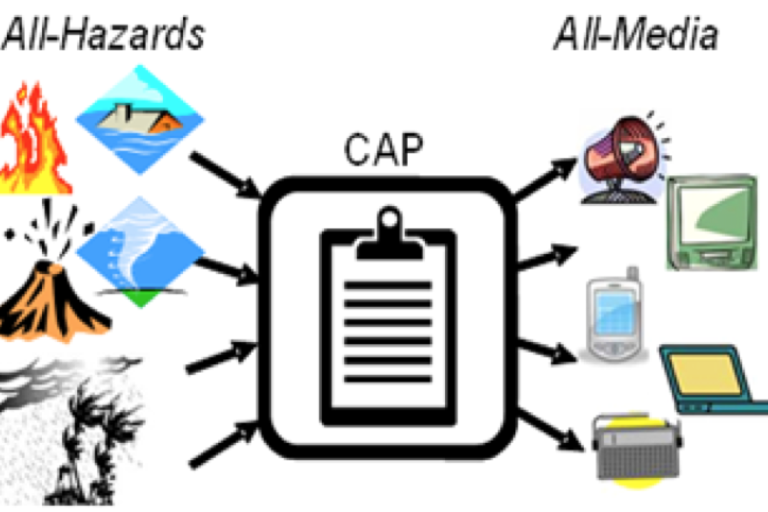Communication of Weather and Climate Science in Africa

Africa is at the receiving end of climate change impacts with increasingly severe droughts, floods, and extreme weather events that threaten livelihoods, food security and infrastructure. While the scientific understanding of these phenomena is growing, the communication of this knowledge to diverse audiences across the continent remains a significant challenge for National Meteorological and Hydrological Services (NMHSs). Bridging this gap is crucial for empowering communities to make informed decisions regarding resilience and adaptation. The WMO Regional office for Africa, in collaboration with the Ghana Meteorological Agency, organized a webinar on 26 March to help to bridge this gap by enhancing the communication capacities of staff and media professionals in Africa’s NMHSs. The webinar aimed to equip participants with the skills required to communicate scientific information in clear, audience-appropriate messages.
The webinar highlighted the challenges of communicating weather, climate and water science in a fast-changing communication landscape where technologies, such as Artificial Intelligence (AI) and automation, are driving content creation and an explosion of misinformation and disinformation. In this context, closer collaboration is needed between NMHSs and journalists who can interpret scientific information for outreach to a broader public audience. NMHS need to develop these relationships and provide training to journalists so that they can gain a better understanding of weather, climate and water science and impacts then in turn reach out to the public for the NMHSs. Additionally, NMHSs need to create contact lists of staff dedicated to respond promptly to journalists and to make press materials easily accessible online. Regular media workshops and communication networks can strengthen ties between NMHS and journalists, resulting in better information sharing and improved messaging.
Professor Arlene Birt, Minneapolis College of Arts and Design, spoke on strategies to bridge gaps between hydrometeorological science and non-expert audiences. She noted that communication on climate change requires innovation, new approaches, and cooperation too promote consensus. She recommended the use of storytelling to communicate scientific information as people relate more effectively to a story than to numbers or raw scientific data. Research has shown that a story activates parts of the brain that cause listeners internalize the story and make it part of their experience. It is therefore important to translate the truth of science into a language that people can understand. Communicating complex content using stories requires a definition of the audience, organization of content as a narrative using plain language, transformation of narratives into visual content for specific audiences, and collaboration for effective dissemination.
WMO seized the occasion to once again emphasize the importance of the Common Alerting Protocol (CAP) which provides a standardized format for publishing alerts, making them accessible to a wider audience and enhancing the dissemination of emergency information. WMO urged NMHSs to implement CAP as it integrates with various dissemination platforms, including social media, websites, and mobile apps and enables dissemination of emergency information in real-time to various audiences. The workshop highlighted that solutions such as CAP promote inclusivity and ensure that warnings and forecasts are not only delivered, but also understood and acted upon by vulnerable communities.


